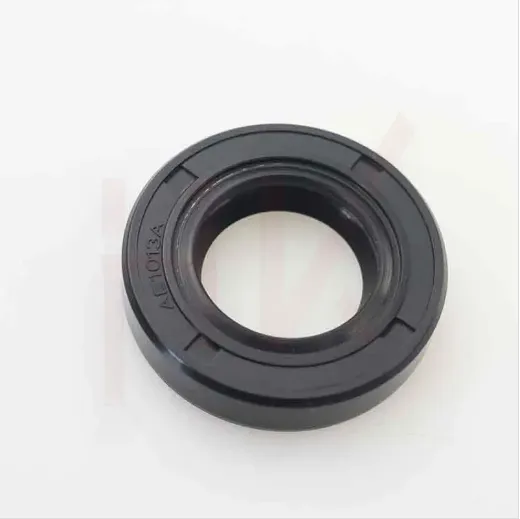10 сар . 14, 2024 01:28 Back to list
metric wiper seals
Understanding Metric Wiper Seals Essential Components for Efficient Machinery
In the realm of machinery and hydraulic systems, the significance of wiper seals cannot be overstated. Specifically, metric wiper seals play a critical role in maintaining the functionality and longevity of equipment by preventing contaminants from entering sensitive areas. This article delves into the importance, functionality, and applications of metric wiper seals, providing a comprehensive overview for engineers and manufacturers alike.
What are Metric Wiper Seals?
Metric wiper seals, often referred to simply as wiper seals, are a type of sealing device designed to keep out debris and moisture from the moving parts of machinery, particularly in hydraulic and pneumatic systems. These seals are manufactured to metric standards, ensuring compatibility with various components used globally. They are typically made from elastomeric materials such as rubber or polyurethane, which provide excellent tensile strength and flexibility.
How Do Wiper Seals Work?
The primary function of a wiper seal is to act as a barrier against dirt, dust, and other contaminants that could jeopardize the performance of hydraulic cylinders and other moving parts. When a rod extends or retracts within a cylinder, the wiper seal scrapes away any particles that may have adhered to the rod, preventing these contaminants from entering the inner seal of the assembly. This action is crucial as contaminants can lead to premature wear, corrosion, and ultimately, equipment failure.
Key Benefits of Using Metric Wiper Seals
1. Enhanced Durability Metric wiper seals are designed to withstand harsh environments. Their robust construction helps them resist abrasion and wear, extending the lifespan of critical machinery components.
metric wiper seals

2. Improved Performance By keeping contaminants at bay, these seals contribute to the optimal performance of hydraulic systems, ensuring smoother operations with minimal friction.
3. Cost Efficiency Using high-quality metric wiper seals can reduce maintenance costs significantly. By preventing contamination, they help avoid costly repairs and downtime caused by equipment failure.
4. Versatility These seals are available in various sizes and designs, making them suitable for a wide range of applications, including but not limited to automotive, aerospace, and industrial equipment.
Applications of Metric Wiper Seals
Metric wiper seals are utilized in various industries where machinery operates under high pressure and where precision is critical. In the automotive sector, they are often found in power steering systems and suspension components. In manufacturing, wiper seals are crucial in hydraulic presses and robotic systems. Their use is also prevalent in the aerospace industry, where the integrity of hydraulic systems is essential for safety and performance.
Conclusion
In summary, metric wiper seals are indispensable components in modern machinery, playing a pivotal role in safeguarding equipment from contamination. Their ability to enhance durability, improve performance, and provide cost efficiencies makes them an essential aspect of industrial design and maintenance. As technology continues to evolve, the development of more advanced wiper seals will undoubtedly contribute to the advancement of machinery across various sectors. Understanding the importance of these seals is crucial for anyone involved in the design, operation, and maintenance of hydraulic and pneumatic systems.
-
TCN Oil Seal Metal Ring Reinforcement for Heavy Machinery
NewsJul.25,2025
-
Rotary Lip Seal Spring-Loaded Design for High-Speed Applications
NewsJul.25,2025
-
Hydraulic Cylinder Seals Polyurethane Material for High-Impact Jobs
NewsJul.25,2025
-
High Pressure Oil Seal Polyurethane Coating Wear Resistance
NewsJul.25,2025
-
Dust Proof Seal Double Lip Design for Construction Equipment
NewsJul.25,2025
-
Hub Seal Polyurethane Wear Resistance in Agricultural Vehicles
NewsJul.25,2025
-
The Trans-formative Journey of Wheel Hub Oil Seals
NewsJun.06,2025
Products categories
















